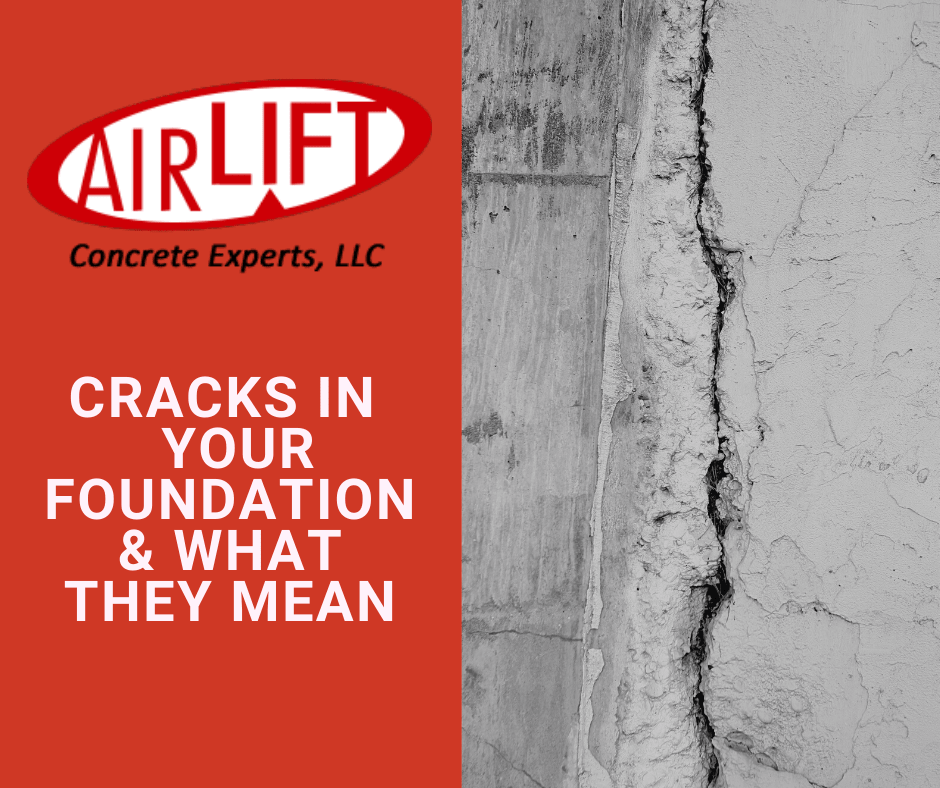
Cracks in foundations can be a variety of shapes and sizes. In new construction, it is common for foundation cracks to form within the first year, often near windows, in corners of the walls, and on the floor. Oftentimes in this case, these cracks are from the foundation settling, and are usually not a cause for concern. What you will want to watch is if cracks become bigger or allow water to seep through. If this should happen, you should call an expert right away before the damage gets worse.
If you don’t feel as though the cracks are an immediate hazard, we suggest monitoring the cracks over time. A simple trick is to use a pencil or marker and mark the ends of each crack. You can also measure the widest point of the crack and add that measurement next to that point. Be sure to add the date so you know when you first began monitoring that crack. With this method, you’ll be able to tell if the crack happened due to natural settling, or if there is a more serious problem present. Tracking cracks this way will also help us out during our inspection. We’ll be able to look at the size of the crack, how it expanded, and have a period of time to base this growth off of which will help us determine the cause of the cracking, and the best way to fix them.
In addition to the size of the crack in your foundation, you’ll also want to pay attention to the orientation of the crack and where these cracks appear. Some are more dangerous than others and do require immediate attention. For a more in-depth look at foundation cracks, check out our post on Types of Foundation Cracks and How to Fix Them.
If you want to benefit from long-lasting results, contact the team at Airlift Concrete Experts. We have the foundation repair solutions that you need to keep your home strong, stable, and crack-free for years to come.
